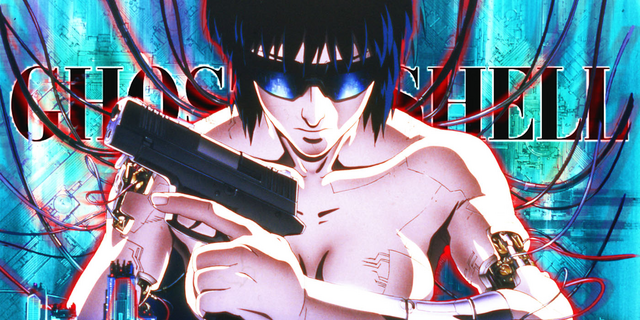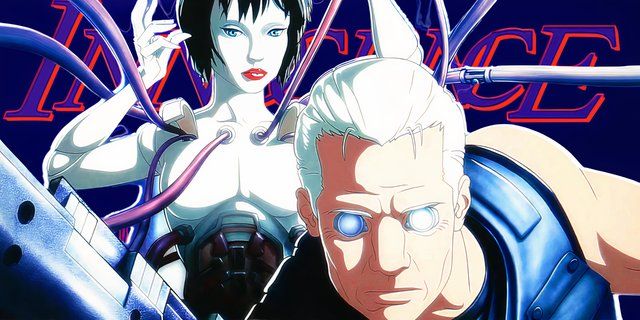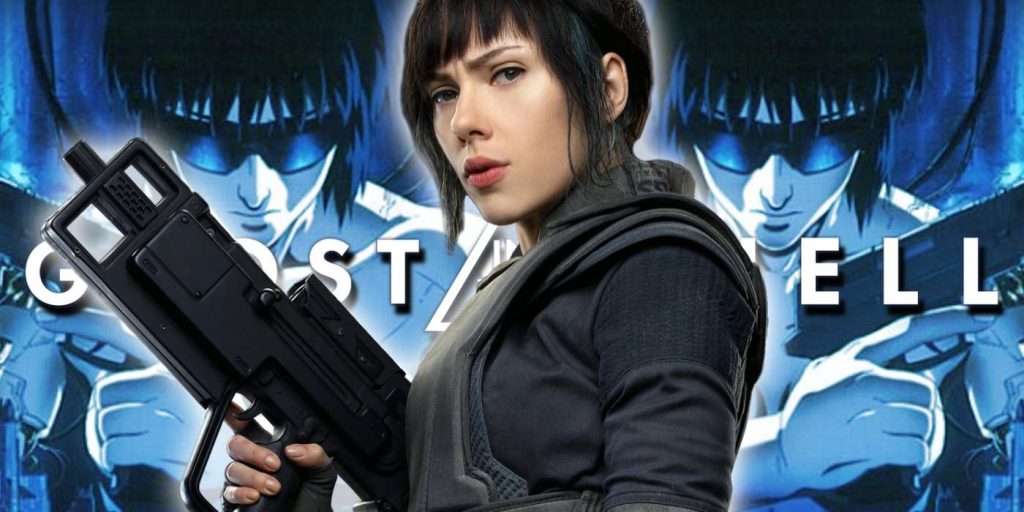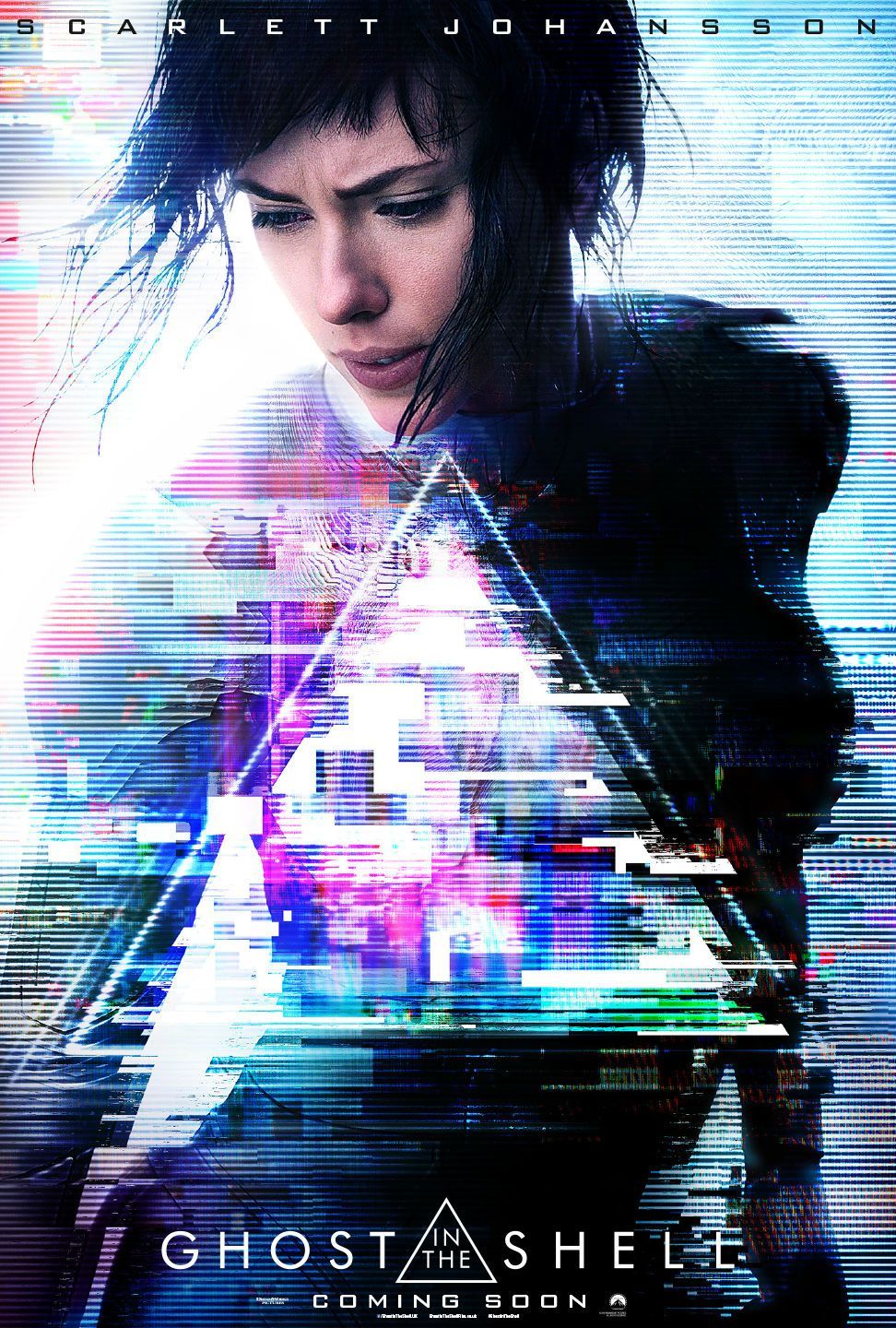Even to this day, getting Scarlett Johansson to be The Major in the live-action Ghost in the Shell film is one of the strangest casting decisions ever made. The most obvious problem with casting an American actor like Johansson as The Major was that Major Motoko Kusanagi was a Japanese character. Even if the film explained this by revealing that Major Mira Killian was really Motoko Kusanagi all along, Johansson’s casting understandably sparked controversy.
When Johansson’s casting was announced, the film was accused of literal whitewashing before a trailer was even released. But even after the film hit cinemas and viewers finally learned of Major Killian’s true identity, the backlash didn’t die down. Because of this, Ghost in the Shell remains one of the most polarizing live-action anime adaptations yet. All of this could’ve been avoided if the film fixed its most controversial aspect instead of just ignoring it.
Ghost in the Shell’s Biggest Twist Was Also Its Biggest Problem
The Film Had Tons of Unintentional and Unfortunate Implications
Before anything else, it must be clarified that Ghost in the Shell’s big twist isn’t misunderstood or secretly good. Bluntly speaking, it was poorly handled and was a disservice to the source material. Even if Ghost in the Shell’s anime and manga were essentially two very different stories — the anime was a serious conspiracy thriller, while the manga was a raunchy action-comedy — Major Kusanagi’s origins remained the same. Next to nothing was known about her early life, especially anything she did before she enlisted in the Japanese army. Even the Major doesn’t know who she really was, since her ghost (i.e. her consciousness) has gone through countless cyborg bodies at this point. In some continuities, it’s even implied that “Motoko Kusanagi” is just her latest of many identities. That said, and even if she is occasionally curious about who she used to be, the Major’s past was unimportant because her current actions spoke for her. Her fellow Section 9 agents and those who know her respected this and accepted the Major as she was now.
The film, in contrast, needlessly explained who the Major was in painstaking detail. Here, Major Killian initially believed that she was a refugee whose parents died in a deadly terrorist attack. Her cyborg body was the result of Hanka Robotics’ life-saving operations and experiments, which is why she feels indebted to them. As it turns out, this was a false backstory given to her by her handlers. In truth, Major Killian was Motoko Kusanagi: an ordinary teen runaway who lived in the Lawless Zone. Hanka’s agents raided the Lawless Zone, kidnapped whoever they could get their hands on, and used them for Project 2571: a program with the goal of making the perfect cyborg supersoldier. Hanka faked Motoko’s death, harvested her brain for their experiments, and put it in the cyborg body that they would call “Major Mira Killian.” Throughout the film, the Major searched for an identity she could call her own. Discovering who she used to be helped her achieve the sense of self she’d been longing for throughout her life.

Related
RETRO REVIEW: Ghost in the Shell is a Masterpiece of Action and Philosophy
Mamoru Oshii’s Ghost in the Shell, adapted from Masamune Shirow’s manga, is an anime masterpiece that never skimps on action or intelligence.
The problem with this twist was that it diminished the point of the Major’s character and flattened it into a typical superhero. One of the most important aspects about the Major’s body was that it was mass-produced. The Major’s appearance was so generic that, in the original anime film, she saw “herself” being used to advertise fashion and sex work in a marketplace. Although the Major really did work hard to achieve her skills and even if she does have a unique identity, she’s still just one of many living products and cogs who called the cyberpunk dystopia of New Port City home. In contrast, the live-action Major was special from the beginning because she was, by far, Hanka’s most successful experiment. She was specifically assigned to Section 9 because Hanka’s CEO, Cutter, felt that counter-terrorism was the perfect place for her to show off the company’s innovations and protect his businesses. Instead of showing how insignificant human bodies and individuality have become through the Major, the live-action film essentially turned her into RoboCop.
More importantly, revealing that Major Killian and Motoko Kusanagi were one and the same came with a lot of unfortunate implications. The biggest one was that Ghost in the Shell never bothered to address the fact that Hanka’s “perfect soldier” was a conventionally attractive white woman. It seemed as if Hanka’s idea of “improving” people was transplanting a Japanese woman’s brain into what was quite literally a cyborg version of Scarlett Johansson. The fact that Motoko died as a teenager and was basically reincarnated into an adult woman’s body only made things worse. The characters never gave these things much thought and treated them as normal occurrences. In the film’s defense, the filmmakers clearly just didn’t think things over. But even if the cast and crew never meant to say anything controversial, the film’s racial and sexual implications could not be denied. Believe it or not, this gaping weakness could’ve been the film’s biggest strength if only it doubled down on it instead of ignoring it.
Ghost in the Shell Should’ve Made Its Villains More Despicable & Hateful
The Film Could’ve Addressed Its Most Problematic Aspects With Truly Evil Villains
The best cyberpunk stories are anything but subtle. They blatantly show how figuratively and literally dehumanizing living in a hyper-capitalist society is. They also examine the high price that’s paid when basic human dignity is traded for mechanical efficiency. Film series like Blade Runner, The Matrix and RoboCop are at the genre’s forefront when it comes to exploring these difficult themes. The original Ghost in the Shell anime films and series (most notably Stand Alone Complex) followed suit and set the bar for their medium’s take on the genre. With these in mind, the live-action Ghost in the Shell comes across as oddly toothless, even if it’s clearly influenced by and even based on some of the most thought-provoking cyberpunk stories ever told. The heroes give a few platitudes about how self-determination and freedom are better than living according to someone’s orders. Meanwhile, the villains are driven by simple greed and a desire for more power. As a result, the film was little more than a generic action sci-fi romp.
Ghost in the Shell seemingly wanted to be as inoffensive as possible, but it sacrificed any potential for deeper meaning in doing so. Worse, it left its unchecked implications open to the worst criticisms possible. What the film should’ve done to save itself from passable mediocrity was directly confront its darkest implications, specifically those of racism and sexism, instead of avoiding the subject entirely. What’s more, it could’ve and should’ve done this through Hanka and Cutter, especially since the two were already halfway there. Hanka was a stereotypically amoral mega-corporation, and Cutter himself was just another ruthless cinematic CEO. But by making them explicitly hateful and bigoted like cyberpunk’s most iconic villains, Ghost in the Shell could’ve given its villains more personality and the film as a whole would’ve had something to actually say. For example, Blade Runner showed the cyberpunk future’s inherent inhumanity in a serious and even tragic manner through the Tyrell Corporation’s line of synthetic humans and its CEO, Eldon Tyrell, who had delusions of godhood. Meanwhile, the RoboCop films parodied capitalism’s self-importance through Omni Consumer Products and its parade of heartless executives, like Bob Morton, Dick Jones and “The OId Man.”

Related
RETRO REVIEW: Ghost in the Shell 2: Innocence is One of the Greatest Sequels of All Time
Mamoru Oshii’s Ghost in the Shell 2: Innocence is a profound, mysterious masterpiece that asks more of its audience.
Ghost in the Shell’s potential for serious commentary and biting satire was present but untapped. Hanka’s profit margins being dependent on rampant social chaos and establishing a police state could’ve been used for some scarily relatable and even prophetic commentary. Cutter’s justifications for making his preferred super soldier a white woman could’ve been used to show how predictably shallow and often misogynistic (or even racist) male executives tend to be, or it could’ve been used as a joke made at such men’s expense. His explanations for using abducted teenagers for his adult-aged cyborg soldiers would’ve only made him more appropriately vile. What’s more, these wouldn’t have been misplaced, since Ghost in the Shell’s canon is filled with evil bureaucracies and their bigoted employees. If anything, a more despicable Hanka and Cutter would fit right at home with Stand Alone Complex 2nd Gig’s misogynistic cabinet members, or the human traffickers who sold literally child-minded gynoids in Ghost in the Shell 2: Innocence. The simple fixes would’ve also fixed the film’s most problematic implications since there’d be a truly heinous yet human explanation behind them.
But most importantly, more politically aware or satirical villains would’ve made the Major’s fight and personal struggles more meaningful and cathartic. To this day, the Major is regarded as one of the best female action heroes of all time. The respect she gets isn’t limited to anime niches. Her legacy is partly born from how she fought and defeated (or outright killed) the embodiments of dangerous ideologies, like capitalism’s excesses or nationalistic militarism. The fact that she was so confident in her sexuality and that her enemies were mostly monstrous men only made her that more empowering and iconic. Unfortunately, none of this was present in the film due to how sterile and watered down it was. As a whole, Ghost in the Shell is too safe to be as offensive as some claimed it to be, but it’s also too bland to be an underrated gem. If only a few tweaks were made to its villains and riskiest ideas, Ghost in the Shell could’ve at least been a lot more than a decent-looking but wholly forgettable anime adaptation.
Ghost in the Shell (2017) is now available to watch and own physically and digitally.









